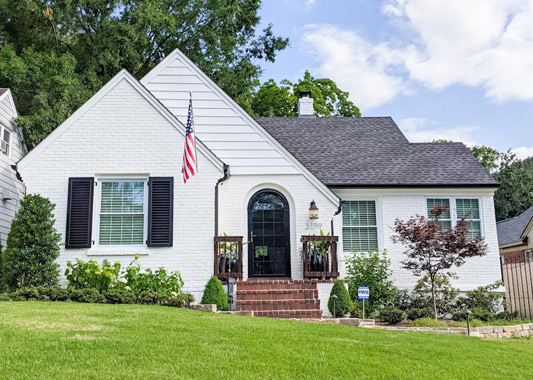
SAN FRANCISCO, CA — Although California is a leader in green building and emissions reductions policy, its commercial structures account for 37 percent of energy use in the state — and as much as 80 percent is wasted, according to a study released by the nonprofit group Next 10.
“Up to 80 percent of the energy used by commercial buildings is going up in smoke,” said F. Noel Perry, founder of Next 10, an independent organization that supports research, education and action to improve California.
“As our state struggles to emerge from recession, relatively low tech energy efficiency fixes could save California businesses and the state government significant money and help to generate jobs,” Perry said in a news release about the white paper titled “Untapped Potential of Commercial Buildings: Energy Use and Emissions.” The paper published this week was produced for Next 10 by the research and consulting organization Collaborative Economics.
The amount of energy consumed by commercial buildings in the state is close to the national average: Buildings account for 39 percent of the country’s energy use, according to the U.S. Green Building Council.
But the amount of waste Perry describes can be surprising. The white paper from Next 10 provides California-specific figures for building performance and efficiency issues that are being wrestled with in other states and by the Obama administration.
In an executive order issued last fall, the president called for the federal government to reduce the environmental impact of its operations. In May, GSA Administrator Martha N. Johnson proposed the government move toward a zero environmental footprint.
That target addresses new and existing facilities. The latter make up the greatest amount of building stock and are the greatest culprits when it comes to wasting energy. They also provide vast opportunities for energy and cost savings, the study said.
However, California has no energy efficiency standards for existing building stock, the paper pointed out.
California’s commitment to reducing electricity consumption of state-operated buildings by 20 percent by 2015 covers new and existing structures. Certain voluntary measures in the state’s Green Building Standards Code, known as CALGreen, are scheduled to become mandatory in January 2011 for new commercial and residential construction. But there is no equivalent that applies to existing buildings.
The paper acknowledges efforts to improve performance of buildings in the state, but stresses that much more can be done and identifies areas for improvement, potential barriers and solutions.
“Huge untapped potential for energy efficiency exists today in commercial buildings,” the study said.
The report also said:
- The state’s standards for new buildings should be tougher.
- Commercial electricity consumption has grown over time, yet energy efficiency gains have been incremental.
- Hospitals have become more energy intensive with the increased use of new technology.
- Broad changes to the thermal envelope of existing buildings can dramatically improve efficiency.
- Upgrading building insulation in a typical structure can yield a 30 percent savings.
- Simple improvements to window insulation on average can yield $3 in savings for $1 spent.
- Using CFL or LED technology can produce average efficiency gains of 8-18 percent and 10-20 percent, respectively.
- Behavioral changes in commercial energy use can provide energy savings at very low costs.
The full report is available for free download from Next 10.
Images are CC licensed by Flickr users RodneyRamsey, dsearls and Peter Kaminski.



 Photo Credit: Caldwell House, TN
Photo Credit: Caldwell House, TN